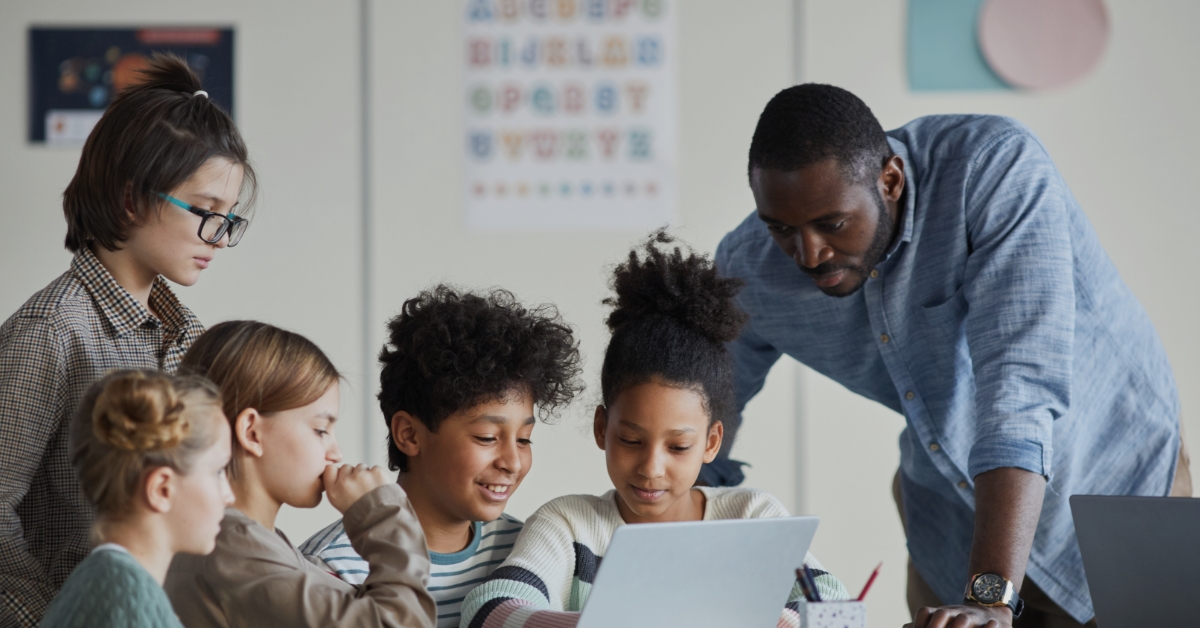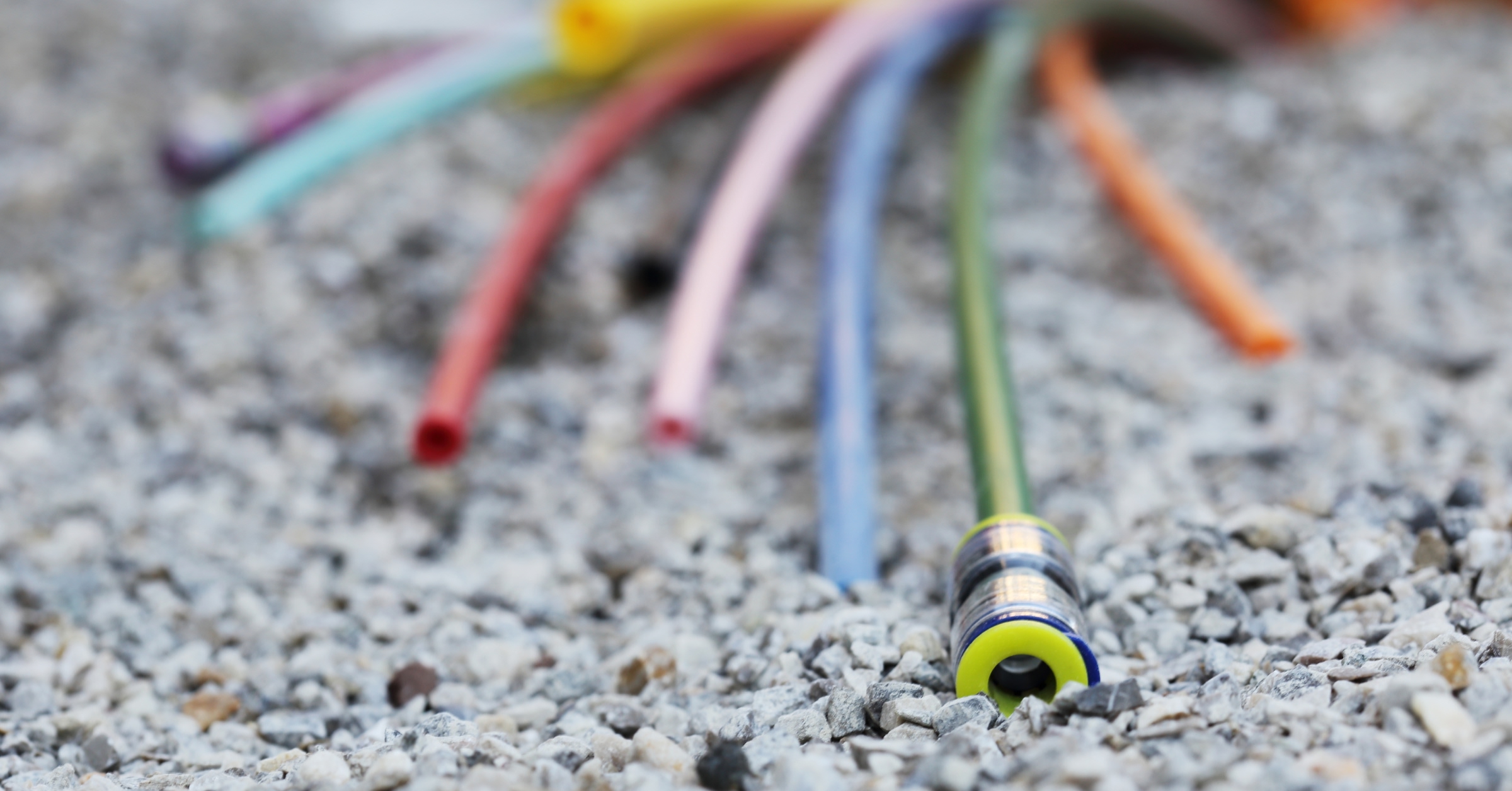CBL is a learning method based on finding a solution to a concrete challenge. Here we reveal how it works and how FTTH fiber optics is its trusted partner
The digital evolution in education opens the door to innovative teaching methods such as Challenge Based Learning (CBL). This is an approach that rewrites several established dynamics of the traditional school and perfectly fits into the vision of School 4.0 promoted by Minister Patrizio Bianchi.
In this article, we will take an in-depth look at the CBL method and its positive impact on the school experience for pupils and teachers, while also analysing the fundamental role of FTTH fiber optics in its successful implementation.
What CBL (Challenge Based Learning) is and how it works
The School 4.0 Plan requires a rethink not only of the facilities and tools available to students, but also of roles within the education system. CBL promotes active learning based on experience, involving children in practical projects and solving concrete problems, encouraging critical thinking, creativity and collaboration on all levels of the social and hierarchical ladder within schools.
The methodology behind Challenge Based Learning involves creating a structured pathway that leads pupils to solve a challenge related to real problems.
This path is structured into five basic phases in which the pupils are divided into groups where each of them plays the role best suited to their talents and skills:
- Phase 1: macro-idea. In this phase, learners brainstorm with the teacher in order to solve a practical problem
- Phase 2: essential question. This phase focuses on the children’s personal experience, confronting them with the problem in a practical way. For example, the idea “how to reduce waste production” is contextualised into “how to reduce waste production at school”, prompting pupils to tackle a challenge that they perceive as real and that requires a complex response
- Phase 3: challenge. Now comes the practical stage, in which pupils are divided into groups and invited to gather information about the problem and its existing and potential solutions, sharing and discussing what they have learned with their groupmates
- Phase 4: solution. At this point, each group develops a prototype of their solution to the problem. Each is presented to the class in order to highlight its strengths and innovative potential
- Phase 5: evaluation. Once the presentations are over, a jury of experts evaluates the most valid, effective, sustainable and practically feasible solution.
Advantages of CBL over traditional teaching
CBL has several advantages over the traditional approach taken by schools in recent decades:
Increased student engagement
A classic classroom lesson involves a lengthy explanation by the teacher with homework assignments and scheduled questions and tests in class. Pupils are therefore forced to learn notions in order to pass tests and examinations.
In CBL, by contrast, learners are personally involved in the development of ideas and are encouraged to independently search for information and news, with a clear goal in mind that is not just the final assessment.
Consolidation of the teacher-learner relationship
In CBL, teachers are not authority figures detached from the pupils’ world, but rather mentors who guide them in exploring their individualities and strengths. This approach increases the trust that children place in teachers, who can instead discover their pupils’ hidden potential.
Integration of students from difficult backgrounds
Children living in difficult family situations or in precarious economic conditions are often considered problematic in a mainstream school system. This is due to the fact that often the subjects that they are taught are rarely applied in the everyday reality they face after leaving the classroom.
CBL, on the other hand, focuses on solving concrete problems, giving students the opportunity to actively participate by sharing ideas. This methodology contributes to increased motivation and a deeper understanding of the practical applications of knowledge acquired in the classroom, promoting meaningful and challenging learning.
The role of FTTH fiber optics for CBL
In this context, FTTH, Fiber to the Home, plays a crucial role since it offers high-speed connectivity that is essential for accessing digital resources, facilitating distance learning, and online group work. This synergy between CBL and FTTH technology not only enriches the educational experience, but also prepares students for a future where digital skills are crucial.
In every phase of CBL, digital plays a major role: right from the brainstorming phase, multimedia tools can be used to produce surveys, graphs and tables, and digital support becomes even more important in the later phases. From online research to the creation of shared archives and documents, to the production and sharing of presentations, teachers and students use digital tools and online resources that they must be able to access without delay or downtime.
The School 4.0 Plan aims to create a school system based on connectivity. This vision can only be achieved if the underlying infrastructure is powerful and reliable enough to support the simultaneous interaction of hundreds of devices. Open Fibre fiber optics meets all these requirements thanks to its transmission speed of up to 10 Gbps and its future-proof design.
Supporting education is an essential part of the mission of Open Fiber, which has already cabled more than 20,900 schools in less than two years. The list of buildings connected by fiber optics is available on the company website and is constantly updated.










